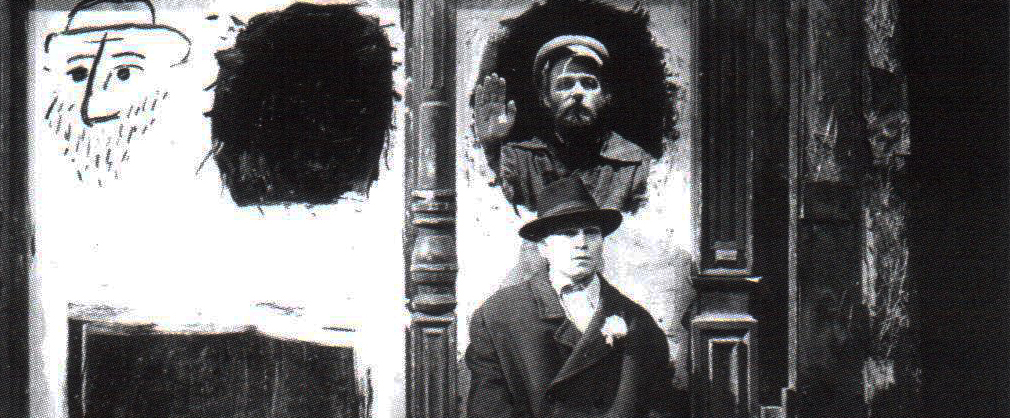The 1980s reinforced a trend that had begun to be observed in the second half of the 1970s: the centers of gravity of Lithuanian theatre had clearly shifted.
This change became evident at the start of the 1980s: the senior and elder generation of directors of the latter half of the 20th century had either left the theatre (as in the case of Juozas Miltinis) or had withdrawn from or been pushed out of active creative life (Henrikas Vancevičius, Povilas Gaidys, Aurelija Ragauskaitė), while their younger counterparts from the 1970s took center stage: Eimuntas Nekrošius (who worked at the State Youth Theatre until 1993), Jonas Vaitkus (who led the Kaunas Drama Theatre until 1988 and later moved to the Academic Drama Theatre), Rimas Tuminas (at the Academic Drama Theatre from 1978 to 1990), Saulius Varnas (head of the Šiauliai Drama Theatre from 1980 to 1989, later working in Panevėžys), and Gytis Padegimas (who worked in Kaunas from 1980 to 1986, later becoming the artistic director at the Šiauliai Drama Theatre).
It was with the creative endeavors of these directors that Lithuanian theatre reached the culmination of its artistic development in the 1980s, nurturing a powerful poetic-metaphorical force of expression and raising the level of a conspiratorial dialogue with the public to new heights. Theatre encouraged a relentless interest in and admiration for criticism of the Soviet Union, and it soon pierced the “iron curtain” and emerged on the international stage without for one day losing its mass popularity and lived under a constant state of siege by audiences. The theatre of this time period has entered Lithuanian cultural history as a striking example of harmony between the elitism and mass appeal of art.
Lithuanian theatre debuted on the international stage in 1984 when Eimuntas Nekrošius’ production of the play Pirosmani, Pirosmani… was invited to the Belgrade International Theatre Festival (BITEF), and competed as an equal with other leaders of world stagecraft, becoming the subject of great interest. After the success of Pirosmani, Pirosmani, ties between Lithuanian and world theatre noticeably intensified. Lithuania began to receive visits from influential international stage personalities, and Lithuanian theatre began expanding its map of foreign tours. A golden age of Lithuanian theatre had begun.
Undoubtedly, the strongest contribution to the fame of Lithuanian theatre in the 1980s was made by three directors: Nekrošius, Vaitkus and, somewhat later, Tuminas. Their theatrical artistry was the most originally authentic and it most clearly expressed an openness and readiness for innovation: they mastered what the theatre theoreticians and historians of the previous era had come to call authorial directing.
Authorial directing legitimized directorial imagination as the fundamental “building block” of stagecraft. It was based on the concept of a play as an independent theatrical reality, rather than just an interpretation of a literary text. It arose from a deep desire to dismantle literature’s authority via the theatre, and to discover, feel and demonstrate the original and pure power of theatrical expression.
Lithuanian theatre had already attempted to demonstrate these powers in the 1970s, first and foremost in the productions directed by Jonas Jurašas and Jonas Vaitkus, who testified to the ability of direction to not only interpret, but also to change the significance of literary texts. But these abilities only became recognizable in the 1980s as an essential strategy of an uncompromising theatrical language.




Comments
Write a comment